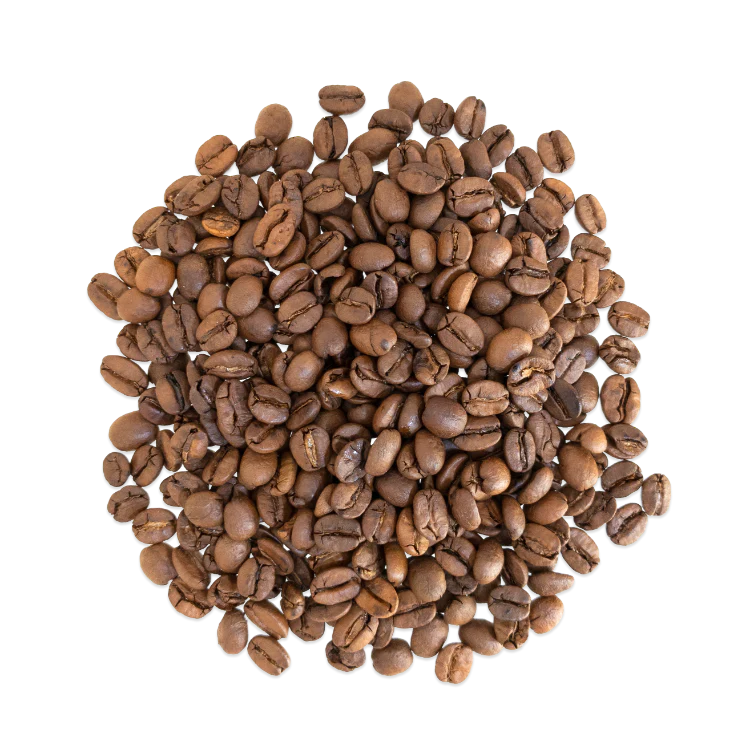How many times have you walked down the grocery isle and seen these labels on a can of coffee? There must be a reason they're promoting Arabica Coffee, but why? What the heck does Arabica Coffee mean anyway? Let's find out.

Caffea Arabica Species
Like all organisms, coffee has its own taxonomy. In fact, there are over 100 different coffee species in the world but the two most popular species are Caffea Arabica and Caffea Canephora, commonly referred to as Arabica and Robusta respectively. Arabica is considered the more superior choice which is why some retailers advertise it. Let's find out why.

Environmental
Generally speaking, Arabica coffees require higher elevations for growth. A typical Arabica bean is grown between 800 meters to 2,200 meters. A higher elevation usually carries a premium because it adds to the complex flavor and greater acidity of the coffee. This is why some roasters have started to place the elevation data on their coffee bags. However, the higher the elevations, the slower the growth which impacts production and ultimately increases cost.
Conversely, a Robusta coffee can grow as low as 600 meters, and thus grows twice as fast making it much more economical for producers.
Arabica coffee trees take between 5 to 7 years to fully mature while a Robusta tree can take anywhere from 2 to 3 years. A small farmer in Panama is taking a huge risk planting Arabica trees because they are essentially investing for the longer term. This puts added pressure and costs on their business which results in higher green bean prices. leo.

Caffeine & Chlorogenic Acids
Robusta coffees contain twice as much caffeine and chlorogenic acids than Arabica. Both of these factors affect the taste of coffee. Generally speaking a Robusta will taste more bitter, woody and leathery, which scientists attribute to the levels of caffeine and chlorogenic acids.
The caffeine content also has a biological reason: pest control. Robusta coffees are known for being much more resistant to pests and insects because of the increased amount of caffeine which acts like a natural deterrent. The lower levels of caffeine in Arabica coffees make them more prone to insect damage and require a lot more care and maintenance. These factors result in higher green bean prices.

Lipids & Sugars
Arabica contains almost 60% more lipids and almost twice the amount of sugar. These play an important part in not only the flavor, but the aroma and body of the coffee. Arabica beans taste better because the increase in sugar gives the coffee a better taste, a cleaner mouthfeel, and a decrease in bitterness.

Birds & the Bees
Arabica is a self pollinating plant, where Robusta is cross-pollinating. Cross pollination gives more variety and as a result larger differences in bean types, and ultimately flavor. Self pollination allows the variety to remain the same with less mutations, giving a more consistent bean production.

Look At Me
Arabica beans are slightly larger and more oval-shaped while Robusta beans tend to be much smaller and more rounded. While the shapes don't necessarily make any difference in taste, they act as a sort of spot check when importing new beans from a farmer.

100% Caffea Arabica
At Henry's House Of Coffee all of our beans are 100% Arabica. There's no need to advertise it all over the place, because that's not what we're about. I think the coffee speaks for itself. However, a more commercial coffee roaster may need to tout Arabica beans in order to separate them from the pack. Hopefully after reading this article you know why they do it.
Cheers
Hrag

Photo credit: Bigstock









